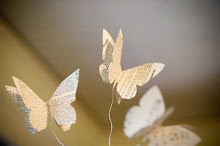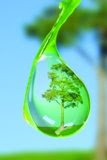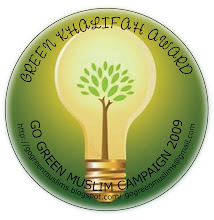Class ; Mamalia
Order ; Proboscidae
Family ; Elephantidae
Genus/species ; Elephas maximus
Status ; ENED & TOTALLY PROTECTED
Estimated population ; About 1,500 to 1,800 in the wilds of Peninsular Malaysiamainly concentrated in
Taman Negara, Pahang/Terengganu - Taman Negara Endau Rompin, Johore and Royal Belum Forest, Perak
and Sabah, East Malaysia.
Malay nicknames ; OBJ - Orang Besar - Tok Gajah
Rescued from the nearby jungles of Felda Mawai, Johore in 2001
Habitat
Elephants favour riverine vegetation zones in the dry season of late May to late September. During the wet
seasons, they prefer tall grasses and deciduos forests areas while short grass and scrub forests are used
for the months of September to December.
They are also regular raiders into oil palm and fruit plantations in the states of Pahang, Johor, Terengganu,
Kelantan , Kedah and Perak. Incidentally.." Kedah " is Thai language for elephant trap!!!
Physical Characteristics of young adult & mature adult elephants
a) Average weight of between 2,500 kg to 4,500 kg
b) Average height at the shoulder is 2.4 metres
c) The thickest skin is found on the back and head areas. The thinnest skin is around the mouth, anus and the
back of the ears.
The elephant's gray skin is only 0.8 to 1.6 inches thick, and sparsely covered with hair.
The skin does become pinkish white with age.
d) The heart weighs an average of 15kg, about 0.5% of body weight. The average heart rate is 28 per minute
standing up and 35 per minutes lying down.
The pulse will increase when an elephant is lying down and slowest at a standing position.
e) Typically, there are 5 nails on each front foot and 4 nails on each hind foot.
f) The most prominent adaptation of the trunk is that of the upper lip and the nose into the trunk. This functions like a hand and in the Asian elephant has one finger-like projection on the top.
The trunk has the ability to suck and spray water, manipulate objects and grasp and hold large, heavy objects. Elephants sometimes beat the earth with their trunks as a sign of anger, too or as snorkels when crossing waterways! Subhanallah!































.jpg)

No comments:
Post a Comment